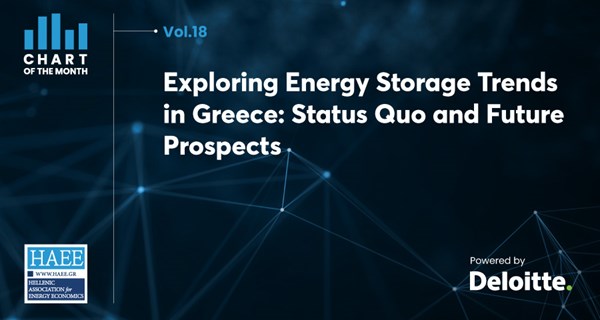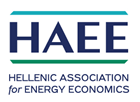The Chart of the Month Vol.18 focuses on "Exploring Energy Storage Trends in Greece: Status Quo and Future Prospects". Energy storage is crucial in the transition to a decarbonised energy system for all EU countries, alleviating the variability of electricity production from RES. There are many already operational energy storage facilities, mainly utilising Battery Energy Storage Systems (BESS) and Pumped Hydro Storage (PHS), across the EU reaching a power of almost 52 GW, while also planning to add 37 GW until 2030. The increased demand of energy storage in the upcoming years is expected to lead to a reduction of the CAPEX and OPEX costs of battery systems. In particular, Greece has set ambitious goals in the NECP, which is under consultation, to have 5.3 GW of energy storage by 2030 in its energy system and 24.8 GW by 2050. It is evident that the focus is placed mainly on BESS systems, as for 2022 and 2023 so far there have been virtually no new licenses for PHS systems. This emphasis on battery systems is further supported by the NECP, where the energy storage targets for 2030 and 2050 see, on one hand, a significant increase for BESS (from 3.1 GW to 22.6 GW), while on the other hand the PHS systems remain the same (2.2 GW) between the two milestone years. Moreover, the first of three planned tenders for 2023 focused on BESS was completed in August 2023 with 12 projects receiving funding and the power that was eventually auctioned accumulated to 411.79 MW and the price ranged from 34000 to 64000 €/MW/year. Click here to view the full publication. The “Chart of the Month” is a HAEE publication, powered by Deloitte. We wish you an interesting read! The HAEE Team
|



